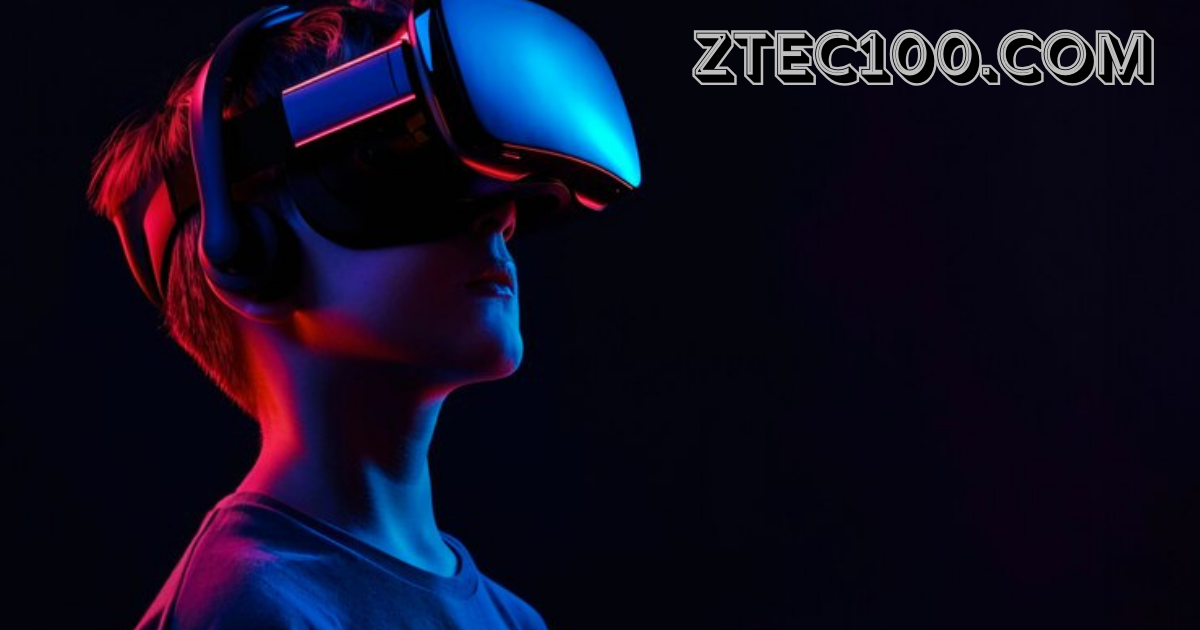Welcome to the future of healthcare! Have you ever wondered how hospitals and clinics manage the influx of patients, especially during peak times or emergencies? Enter the world of remote triaging – a game-changer in modern healthcare. But what exactly is remote triaging, and why is it gaining so much traction?
What is Remote Triaging?
Remote triaging is the process of assessing and prioritizing patients’ medical conditions remotely, typically through telecommunication technologies. This allows healthcare providers to determine the urgency of a patient’s condition and direct them to the appropriate level of care without an initial in-person visit.
Importance of Remote Triaging in Modern Healthcare
In an era where time is of the essence, remote triaging offers a lifeline. It helps to streamline patient flow, reduce waiting times, and ensure that those who need immediate attention receive it promptly. Moreover, it’s a boon in times of pandemics or outbreaks, minimizing the risk of infection spread.
Historical Background of Triaging
The concept of triaging dates back to military medicine, where the need to prioritize treatment for wounded soldiers was critical. Over time, this practice evolved and became a standard procedure in emergency departments worldwide.
The Shift to Remote Triaging
The digital revolution has paved the way for remote triaging. With advancements in telemedicine and artificial intelligence (AI), healthcare providers can now perform preliminary assessments without physical interactions.
The Technology Behind Remote Triaging
Remote triaging leverages a mix of telecommunication tools, such as video calls, chatbots, and mobile applications. These tools collect patient information, symptoms, and medical history to assist healthcare professionals in making informed decisions.
Role of Telemedicine
Telemedicine is the backbone of remote triaging. It facilitates virtual consultations, where patients can discuss their symptoms with a healthcare provider in real-time. This immediacy helps in making quick and accurate assessments.
Use of AI in Remote Triaging
AI plays a crucial role by analyzing patient data and providing recommendations based on patterns and algorithms. AI-driven chatbots can conduct initial interviews, freeing up healthcare professionals to focus on more complex cases.
Improved Access to Healthcare
One of the standout benefits is improved access to healthcare services, especially for those in remote or underserved areas. Patients can receive professional advice without the need to travel long distances.
Time and Cost Efficiency
Rem’ote triaging significantly reduces the time spent in waiting rooms and the costs associated with travel and hospital visits. It also optimizes the use of healthcare resources, ensuring that critical cases are prioritized.
Enhanced Patient Satisfaction
Patients appreciate the convenience and speed of remote triaging. It offers a sense of security knowing that medical advice is just a call or click away.
Better Resource Management
Healthcare facilities can manage their resources more effectively by reducing overcrowding and ensuring that medical staff attend to the most urgent cases first.
Technological Barriers
While the technology behind rem’ote triaging is advanced, it requires reliable internet access and digital literacy, which may not be available to all patients.
Privacy and Security Concerns
Handling sensitive patient data remotely raises significant privacy and security issues. Ensuring data protection is paramount to maintaining patient trust.
Potential for Misdiagnosis
Without a physical examination, there is always a risk of misdiagnosis. Rem’ote triaging must be complemented by robust follow-up procedures to mitigate this risk.
Patient Compliance Issues
Not all patients may be comfortable or compliant with remote consultations. Addressing their concerns and providing clear instructions is essential for successful implementation.
Implementing Remote Triaging in Healthcare Systems
Assessment: Evaluate the current healthcare infrastructure and identify the need for rem’ote triaging.
Planning: Develop a comprehensive plan that includes technology integration, training, and patient education.
Implementation: Roll out the rem’ote triaging system in phases, starting with pilot programs to test efficacy.
Evaluation: Continuously monitor and assess the system’s performance, making necessary adjustments.
Training Healthcare Professionals
Proper training is crucial. Healthcare professionals need to be adept at using new technologies and understanding the protocols for remote assessments.
Ensuring Infrastructure Readiness
Healthcare facilities must have the necessary infrastructure, including high-speed internet, secure communication channels, and up-to-date software.
Successful Implementation in Rural Areas
In rural areas, where access to healthcare is limited, rem’ote triaging has proven to be a lifesaver. Programs that utilize mobile clinics equipped with telemedicine capabilities have shown remarkable success in these regions.
Impact on Emergency Departments
Emergency departments have seen a reduction in patient load and improved efficiency thanks to rem’ote triaging. Patients with non-critical conditions are directed to appropriate care facilities, allowing emergency rooms to focus on urgent cases.
Emerging Technologies
The future looks bright with the advent of more sophisticated AI, machine learning, and blockchain technologies, which promise to enhance the accuracy and security of rem’ote triaging systems.
Predictions for the Next Decade
In the next decade, we can expect rem’ote triaging to become a standard practice worldwide. Its integration with wearable health devices and real-time monitoring systems will further revolutionize healthcare delivery.
Conclusion
Remote triaging is not just a trend; it’s a vital component of the modern healthcare landscape. By improving access, reducing costs, and optimizing resource use, it holds the potential to transform how we approach medical care. The journey ahead involves overcoming challenges, embracing new technologies, and ensuring that rem’ote triaging benefits everyone, everywhere.
FAQs
What is remote triaging?
Remote triaging is the process of evaluating and prioritizing patients’ medical needs remotely using telecommunication technologies.
How does remote triaging benefit patients?
It offers improved access to healthcare, reduces waiting times and costs, enhances patient satisfaction, and ensures better resource management.
What are the main challenges of remote triaging?
Challenges include technological barriers, privacy and security concerns, the potential for misdiagnosis, and patient compliance issues.
Can remote triaging replace traditional in-person consultations?
While it offers many benefits, rem’ote triaging is best used as a complement to in-person consultations rather than a complete replacement.
How secure is patient data in remote triaging systems?
Ensuring data security is crucial, and robust measures must be in place to protect sensitive patient information from breaches.











